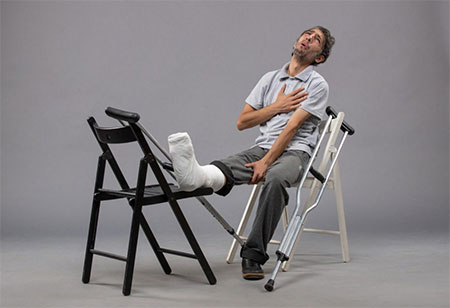
In Florida, personal injury claims seek compensation for the victim's physical and mental injuries caused by the negligence of the other party. Personal injury law offers economic and non-economic damages to help the victim get back on their feet. Victims should consider Florida’s statute of limitations, which is 4 years, and quickly file a personal injury claim to avoid unnecessary issues down the line.
Economic damages are easy to calculate, but non-economic damages are not. Non-economic damages are usually hard to quantify and vary from person to person. They are nonetheless an essential aspect of a personal injury claim since they can have a significant influence on the victim's quality of life, mental health, and overall well-being.
Victims should consider getting in touch with an experienced Florida accident injury lawyer to increase their chances of a successful personal injury claim. The services these lawyers offer are in- valuable and cannot be ignored.
Car accidents, medical negligence, slips and falls, injuries due to assault or acts of violence, and any other type of accident can all cause pain and suffering. In Florida, jurors can consider various variables when calculating pain and suffering, including:
1) The extent of the injuries
2) The restrictions placed on the victim's daily life
3) Suffering caused by the damage in the past, present, and future
4) Injury-related emotional discomfort
5) Loss of affection and consortium
6) The age of the victim
 Method of Calculating Pain and Suffering in Florida PI Cases
Method of Calculating Pain and Suffering in Florida PI Cases
Florida has numerous methodologies for calculating pain and suffering in personal injury cases. Among these methods are:
1. Multiplier Method: In Florida personal injury cases, the multiplier approach is commonly employed to calculate pain and suffering. Depending on the damage, this method selects between the numbers 1.5 and 5. The worth of pain and suffering is determined by multiplying the economic or particular damages by this number. For example, if a person has $5,000 in medical expenditures and a severity rating of 4, their pain and suffering worth is $20,000. If the injuries are minor, the multiplier will most likely be closer to 1.5.
2. Per Diem Method: The per diem method is a structured approach to assessing pain and suffering in Florida personal injury claims. It is based on the Latin term "per diem," which means "per day." This method entails assigning a daily charge to the victim for each day they are injured. The value determined is frequently based on employment income and an inability to work. The total compensation is then computed by multiplying the daily rate by the number of days experienced by the victim. This method benefits people with a prolonged recovery time since it thoroughly analyzes the ongoing impact of the injuries. However, it is crucial to highlight that the per diem method's applicability varies depending on the injury and its effect on the individual.
Conclusion
A victim of negligence can seek economic and non-economic damages under personal injury laws in Florida. Proving economic damages is easy, but the same cannot be said for non-economic damages.
Pain and suffering, a type of non-economic damage, compensates for an injury's physical and emotional impact. Calculating pain and suffering is complicated as there are numerous factors involved. Victims can easily make mistakes without the assistance of an experienced personal injury lawyer.
So, whatever method is used, it is crucial to note that the judge or jury is usually responsible for assessing fair and reasonable compensation for pain and suffering based on the information given in each instance. As a result, consulting Florida personal injury lawyers to evaluate the correct value of pain and suffering in a specific case is advised.
In addition to calculating pain and suffering damages, the lawyer will also help negotiate with the insurance company and represent the victim in court if required.
We use cookies to ensure you get the best experience on our website. Read more...